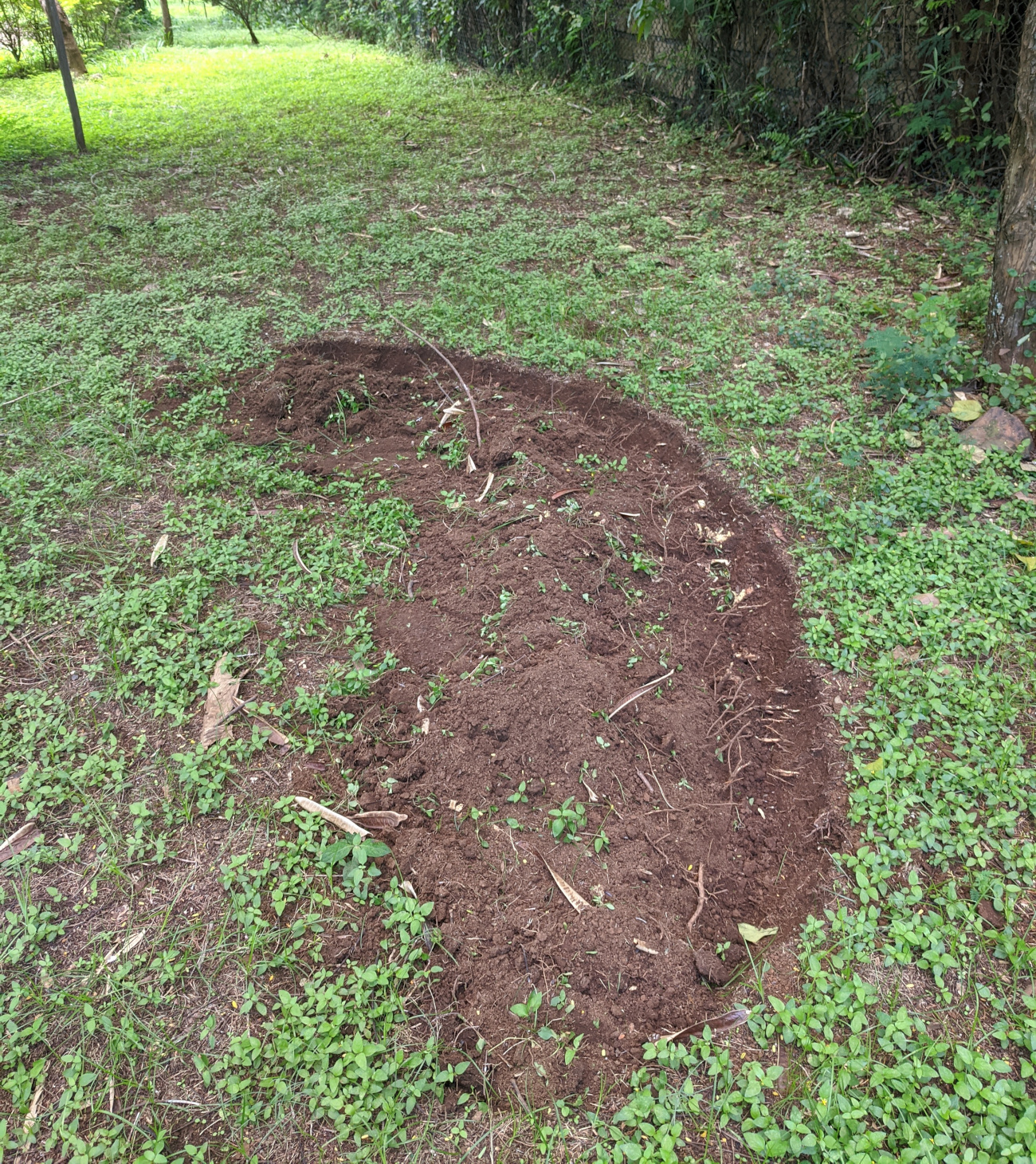Ruth Bader Ginsburg
I struggled with last weekend’s news of Ruth Bader Ginsburg’s death.
Even though I have nothing whatsoever to do with the US, I remember feeling grateful and wildly optimistic as I followed along RBG’s championing of same-sex marriage rights at the US Supreme Court in 2015. For better or worse, America (yet?) wields enormous influence over the rest of the world, and that verdict seemed to pave the way for a lot of queer activism around the world. India’s Supreme Court striking down a section of a British-era law in 2018 that criminalized homosexual activities seemed to be a continuation of that wave of progress.
Reading RBG’s powerful dissents have often been a reprieve in an otherwise bleak decade, especially when I was in Poland as the Polish government tried to pass a total ban on abortion. Sisyphean though they might have been given the conservative majority in the US Supreme Court in recent years, it was refreshing to know that there was still room in the world for well-reasoned counterarguments and respect for diversity.
I can’t help but wonder how devastating it must be to pass away knowing that everything you stood for, everything you worked towards for decades, was never at greater risk of being destroyed at the hands of totalitarians in all but name. Is that when you truly grasp that “every generation must fight the same battles again and again” and hope that you’ve nudged the needle of progress forward at least a little bit? I just read the progressive Kannada author U R Ananthamurthy’s ಹಿಂದುತ್ವ ಅಥವಾ ಹಿಂದ್ ಸ್ವರಾಜ್?, his final work before his death in 2014 that chronicles the secular or religious Indian identity that newly independent India had to choose between in the last century, and how that planted the seed for Hindu nationalism in present-day Indian society. Written at a time when Modi’s election-winning vision of an unabashedly Hindu nation found many takers, it reads like a breathless lament for the hard-fought progress that might soon be dismantled.
I know, I know that we’re making progress on a lot of fronts, even if that sometimes just means having conversations about things that might have gone unnoticed a few years ago, but when I hear of the death of someone as pivotal as RBG to social change in recent memory, I find myself thinking that the walls are closing in as the steady drumbeat of fascism’s march to power across the world gets louder, and can’t help but feel despondent.
I suppose all you can do is pick your battles, stay the course and hope that it makes a difference.
Thank you, Duchess of Krakenthorp



